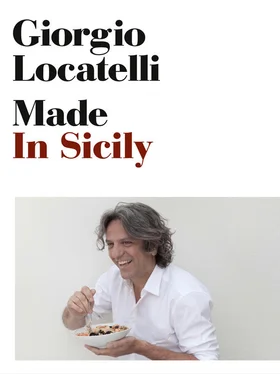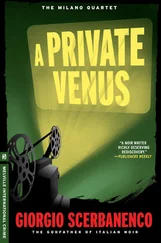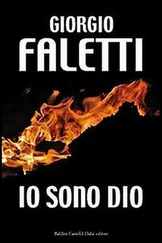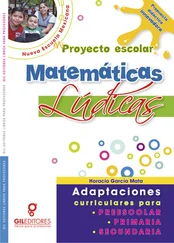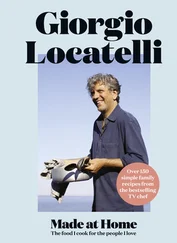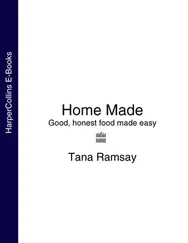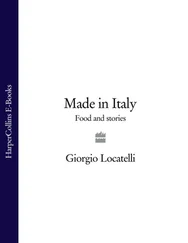Using a pestle and mortar, pound the toasted almonds, then add the breadcrumbs and anchovies and pound some more. Add the mint leaves, cinnamon, vinegar, lemon juice, and enough olive oil to pound to a creamy sauce.
Salsa di pomodoro
Tomato sauce
I was staying in a small, very simple hotel in Piazza Armerina in the province of Enna, and in the morning the woman asked, ‘How was the food last night?’ I said that it was fantastic, very natural in its flavours, especially the tomato sauce, and she was so happy. She told me, ‘I can cook tomato sauce like no one else. My cousin even steals my tomatoes, but she can’t make the sauce as good.’ Everybody in Sicily is so proud of their sauce, which gets passed from grandmother to mother to daughter. Usually people are also sworn to one kind of tomato, whose acidity and sweetness they understand.
In Vittorio’s kitchen, every morning, one of the women comes in, peels a whole case of tomatoes, and starts the sauce. Then at 9.30am Vittorio’s son-in-law, Ignazio, arrives and the sauce is bubbling away, so he tastes it, adds a bit of salt and puts the lid on the pan. At 10-10.30am Vittorio arrives, tastes it and puts in a bit of salt and sugar. At 11am Vittorio’s son, Michelangelo, arrives, and says the sauce needs something else. It is like a son with a thousand fathers, that sauce.
The sauce below is the one we make at Locanda with very ripe tomatoes, but tinned tomatoes are fine when you can’t find good fresh ones. Remember, when you use fresh tomatoes, don’t be scared that the sauce is going to be too dry. Tomatoes are about 70 per cent water, and only 30 per cent fibre, so you have to let them cook slowly and the liquid will come out. Don’t panic and add half a litre of water, because then you will have soup.
The olives give a little bitterness and edge, and you can add a pinch of dry oregano if you like as the sauce cooks. In Modica, around Easter time, I had some quite sweet tomato sauces balanced with wild fennel, that went with ravioli di ricotta – this was one of the few times I ever ate filled pasta on the island, as dried pasta is much more typical. That Sambuca-like flavour is something I never thought would work with tomato, but it goes perfectly.
10 whole black olives in brine
2 tablespoons olive oil
1 medium white onion, finely chopped
1.5kg ripe, fresh tomatoes or 1kg tinned chopped tomatoes
sea salt and freshly ground black pepper
a little sugar if needed
Drain the olives and pat dry. With a sharp knife, make three or four cuts in each olive from end to end, and then cut each segment away from the stone as carefully as you can.
Heat the olive oil in a pan, add the onion and cook until soft but not coloured. Add the olives and cook for 2 minutes, then add the tomatoes and simmer for 30 minutes. Season to taste, adding a little sugar if the tomato is too acidic, and pass through a fine sieve.
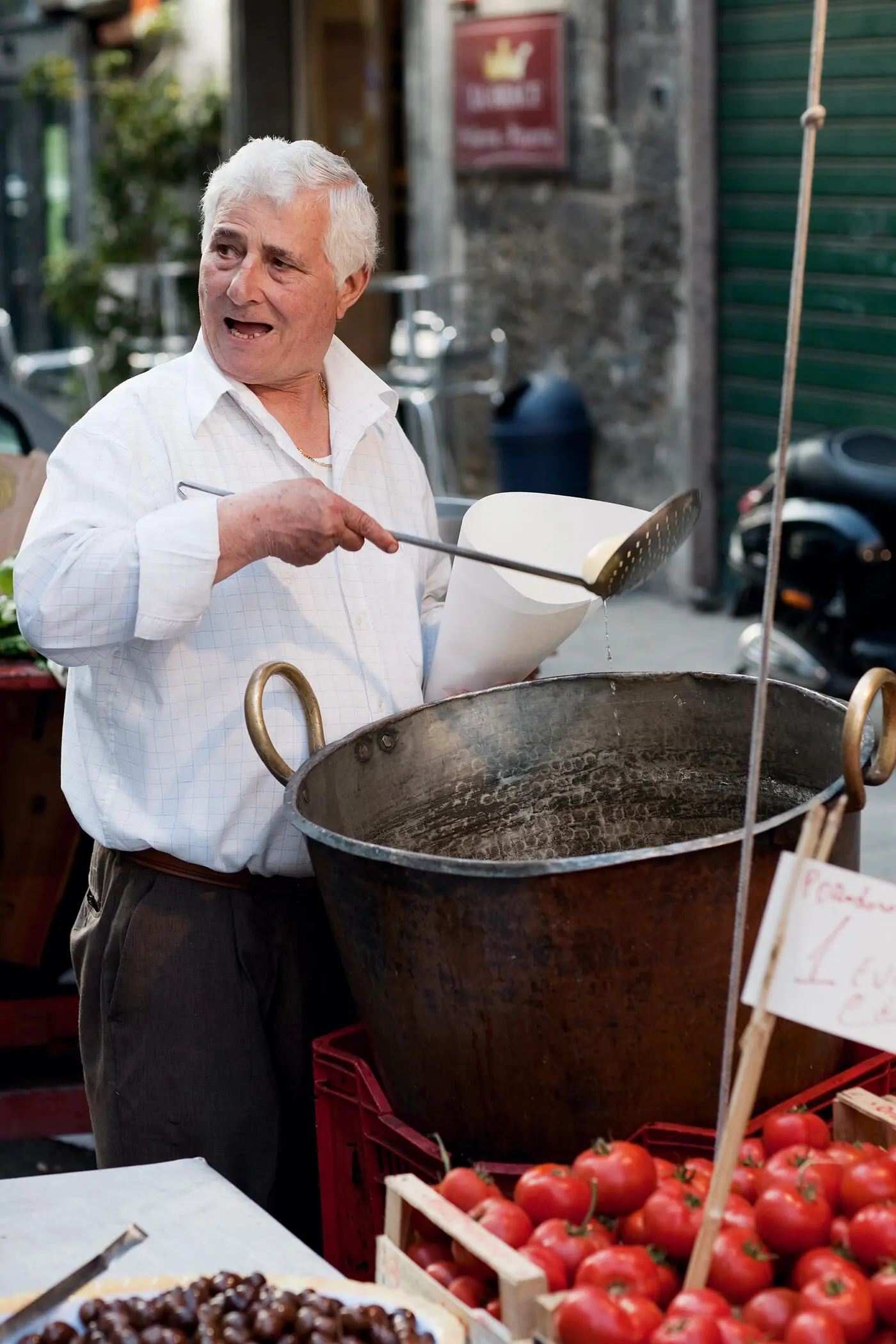
‘A city that leaves you breathless’
At the heart of Sicily’s history is its food, and at the heart of its food is its history, but what comes through it all is a character that is only Sicilian. Giuseppe Tomasi di Lampedusa wrote, ‘Sicily is Sicily – 1860, earlier, forever’ (1860 was the year of the unification of Italy), and that is what I feel. Sicily is Sicily, and like nowhere else, even though it is an island of great contrasts: in the way it looks, from the humble to the baroque, and in its food, so full of different, bold and vibrant flavours that you expect to be discordant, but somehow they come together and bowl you over.
In Palermo I love the street food: the guys outside the restaurants grilling fish for people to take home, the vendors selling sea urchin with lemons, panelle – fantastic little fritters of chickpea flour ( Panelle di ceci) – and all kinds of tripe, such as quaruma (veal or beef entrails) or mascellato (pieces of jaw); stigghiola, intestines of sheep or goat, soaked in wine, then wound around sprigs of parsley and barbecued; or pane con la milza – sandwiches filled with beef spleen, which is boiled, and kept warm in a big pot like a wok. The pieces of spleen are put inside soft white focaccia-like buns, known as guasteddi, with a sprinkling of salt and a squeeze of lemon, and the flavour is delicious. Sometimes fresh ricotta and grated caciocavallo cheese are added, and the sandwich is called maritatu – it is said that this is what Garibaldi ate when he landed in Palermo in 1860.
Palermo doesn’t feel like a European city. It leaves you breathless from the noise and the beauty of the Arabic sense of colour and abundance in the markets, the bakeries and crazy cake shops, the gelaterie, bars and cafés full of every shade and flavour of ice cream and granite.
It is so different to the south-west coast, only an hour and a half’s drive away, where you see more of the ancient, classical influence. If you go out with the fishermen and look back to the Valley of the Temples, further around the coast, between Sciacca and Mazara del Vallo, you can see where once there was a Greek city on the flat plain above the swamps, where people were scared of malaria.
In the villages the shops are sometimes so small, they are little more than holes in the wall; there is no heavy industry, and everyone is dedicated to fishing, or the production of grapes and olives. Old men sit around on their chairs in the village square, as if the street is just an extension of their houses, just sitting and talking and watching. The first time we went on holiday, Jack was saying: ‘Why are they sitting on the street? Don’t they have houses?’ Sometimes, if the men have an affiliation to a political party, they will put their chairs outside their office, or maybe outside the confraternity of olive pickers. And when they are talking, I am sure it’s about food, because everyone talks – or argues – about food: who makes the authentic version of a pasta, whose mother had the best recipe.
Dramatically different again is the eastern side of the island, where Noto was rebuilt after Mount Etna erupted, and Modica was rebuilt after the earthquake of 1693. Everything is very elaborate, very baroque. Then, as you travel upwards through the plain of Catania, towards Mount Etna, you meet people who speak in a different dialect to the people who face the sea, and they seem to talk in proverbs. If anything, they appear to be even more resilient, even more Sicilian, because they live in the shadow of the mountain the ancient people called the monster with a hundred heads. It is not just one volcano, but a series of them, and every so often it shoots up its ‘bombs’ of molten lava, and when people find them, they write their names on them.
When you go up the mountain you see the fields of lava and the hills it formed when it erupted and fell and hardened like honeycomb, and it is incredible to think that the mountain both kills and nurtures … whole communities have been destroyed by it, but there is nothing that won’t grow in the soil enriched by the volcanic ash.
In Palermo you can see the layers of history in the buildings – churches, synagogues, Arabian mosques – and like most of the world’s cities, you see the extremes of rich and poor, though slowly they are reclaiming the poorer areas. And in the late night eating you see the Spanish and Arab influence. The shops open late, people work until the early evening, go home, relax a bit, then come out for dinner, or eat at home, and then meet friends at a bar or café. I like to sit outside on a hot night at one of the places overlooking the sea, where you can eat pasta con le sarde, or involtini di pesce spada, and ice cream. Always ice cream.
Читать дальше
